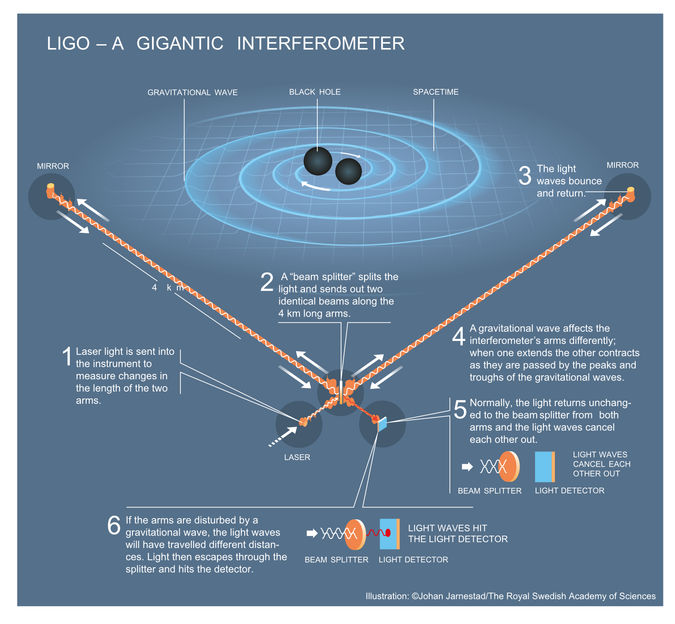Wastewater provides new insight into Covid-19 dynamics
An interdisciplinary team shows that the R number of coronavirus can be estimated quickly and cost-effectively from wastewater
Since the start of the coronavirus (Sars-Cov-2) pandemic, many public health measures have been decided based on its dynamic of spread, more precisely, on the reproductive number of the virus, known as the R number. This value indicates how many people on average are infected by a person carrying the virus. It reflects the transmission dynamics of the disease.
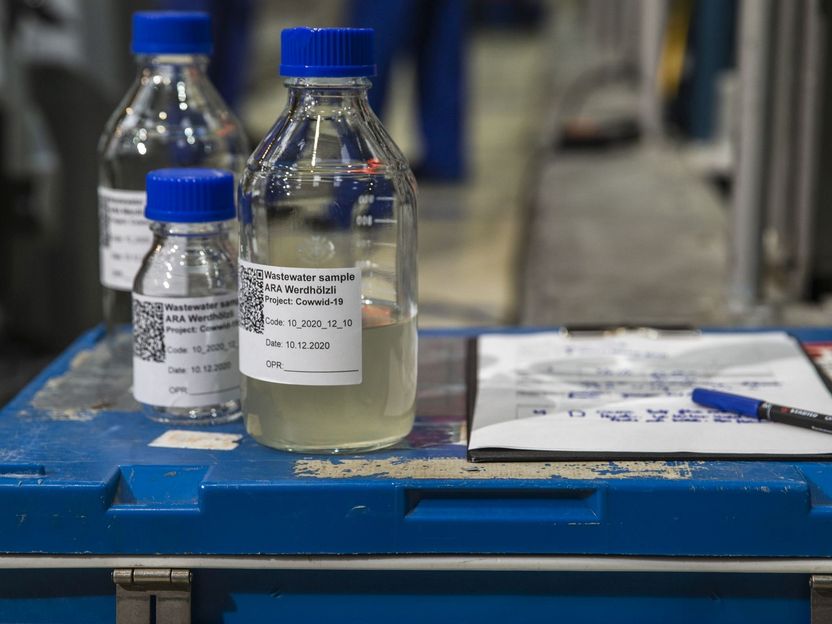
The R number of coronavirus can be estimated from wastewater.
© Esther Michel, EAWAG
Currently, the reproductive number of the virus is estimated from available clinical data, such as the numbers of positive cases, of hospitalisations or of deaths. Now, for the first time, a team of researchers funded by the Swiss National Science Foundation (SNSF) has shown that it is also possible to reliably estimate the reproductive number of the virus by monitoring its presence in wastewater. The study is published on the preprint server medRxiv and has not yet been peer-reviewed.
Determining the number of infected people
Those infected with the virus excrete it into the sewage system, for example when brushing their teeth or going to the toilet. Depending on how many people are infected at any given time, trace levels of the virus in the wastewater will vary. “We determine the viral load of the wastewater by performing a test similar to the PCR tests we do on people. Basically, we are checking for the presence of the genetic material of the virus in wastewater samples,” says Jana Huisman, postdoc at ETH Zurich and first author of the study.
The next step is to go from the viral load to the reproductive number of the virus. This is where a mathematical model developed by the research team comes into play. “The measurements of viral load in the wastewater enable us to estimate how many people are infected by the virus and to follow the dynamics over time,” says Huisman. That makes it possible to estimate the viral reproductive number.
An efficient, inexpensive method
The technique has been tested in Zurich and the USA and has proven effective - the R numbers are comparable to those estimated with clinical data - provided the wastewater is analysed at least three times per week. According to the researchers, this rhythm is optimal in terms of accuracy and cost.
Monitoring Sars-CoV-2 in wastewater is not new. But thanks to the technique developed by the researchers, it is now possible to quickly and affordably translate these measurements into a value that is of direct practical use to epidemiologists. “Moreover, it is independent of clinical data,” says Huisman. This is an important point, as clinical data can be biased. For example, criteria for testing may change, falsely varying the number of positive cases detected. Similarly, hospital admission criteria or the definition of Covid-19-related deaths may change.
Another advantage is that the researchers’ technique enables continued surveillance of coronavirus in locations where clinical testing is limited. It could also be used to monitor other pathogens for which clinical data are unavailable, for example other human coronaviruses, enterovirus, norovirus and rotavirus or even influenza.
Original publication
J. Huisman, J. Scire, L. Caduff, X. Fernandez-Cassi, P. Ganesanandamoorthy, A. Kull, A. Scheidegger, E. Stachler, A. Boehm, B. Hughes, A. Knudson, A. Topol, K. Wigginton, M. Wolfe, T. Kohn, C. Ort, T. Stadler, T. Julian; "Wastewater-based estimation of the effective reproductive number of SARS-CoV-2"; medRxiv; 2021
Most read news
Original publication
J. Huisman, J. Scire, L. Caduff, X. Fernandez-Cassi, P. Ganesanandamoorthy, A. Kull, A. Scheidegger, E. Stachler, A. Boehm, B. Hughes, A. Knudson, A. Topol, K. Wigginton, M. Wolfe, T. Kohn, C. Ort, T. Stadler, T. Julian; "Wastewater-based estimation of the effective reproductive number of SARS-CoV-2"; medRxiv; 2021
Organizations
Other news from the department science

Get the analytics and lab tech industry in your inbox
By submitting this form you agree that LUMITOS AG will send you the newsletter(s) selected above by email. Your data will not be passed on to third parties. Your data will be stored and processed in accordance with our data protection regulations. LUMITOS may contact you by email for the purpose of advertising or market and opinion surveys. You can revoke your consent at any time without giving reasons to LUMITOS AG, Ernst-Augustin-Str. 2, 12489 Berlin, Germany or by e-mail at revoke@lumitos.com with effect for the future. In addition, each email contains a link to unsubscribe from the corresponding newsletter.
Most read news
More news from our other portals
Last viewed contents
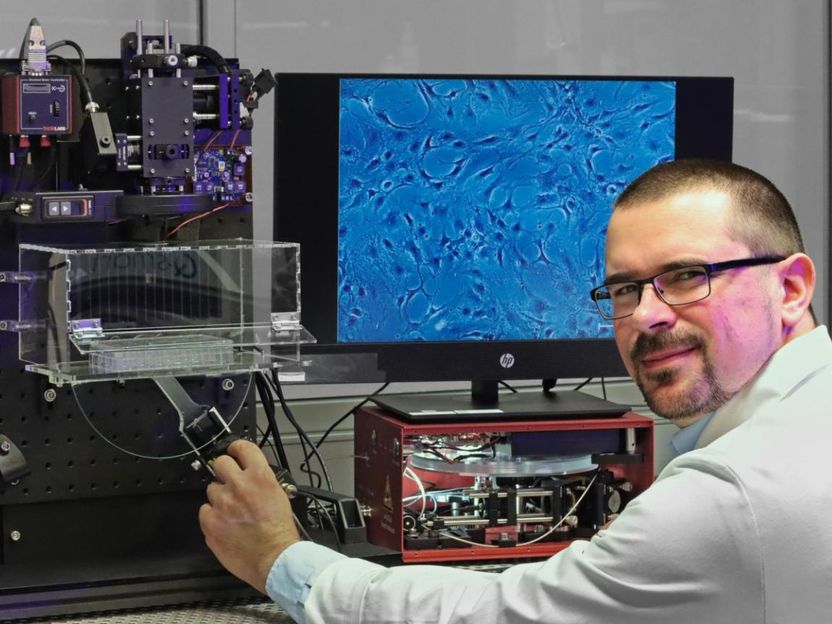
New light source: A million times brighter than the sun - PhD thesis investigated application of a special white-light laser for semiconductor industry and microbiology
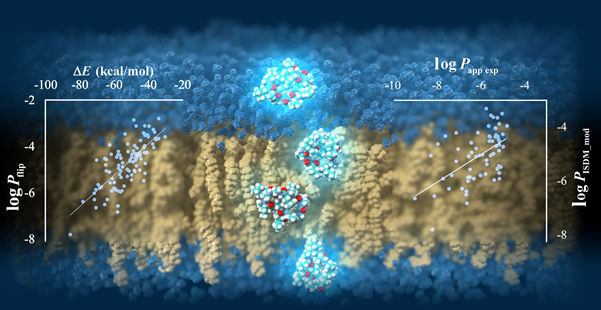
TSUBAME supercomputer predicts cell-membrane permeability of cyclic peptides
Evotec receives first milestone in Roche biomarker collaboration
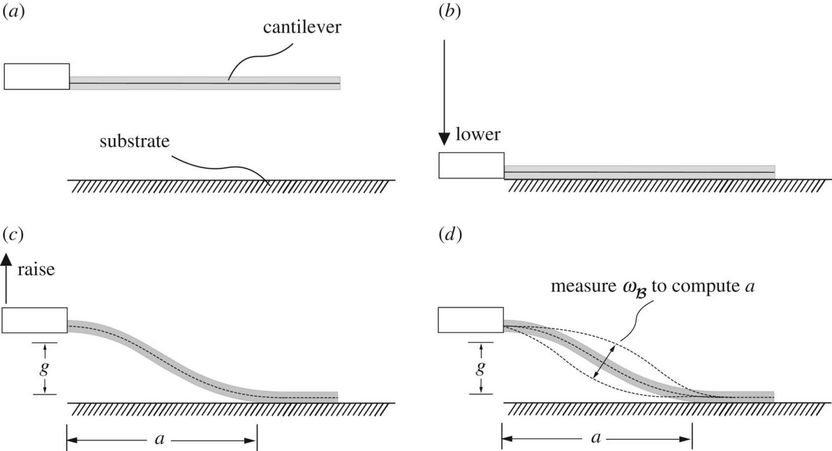
New approach to measuring stickiness could aid micro-device design
Dionex Expands International Infrastructure with New Subsidiary In Republic of Ireland
